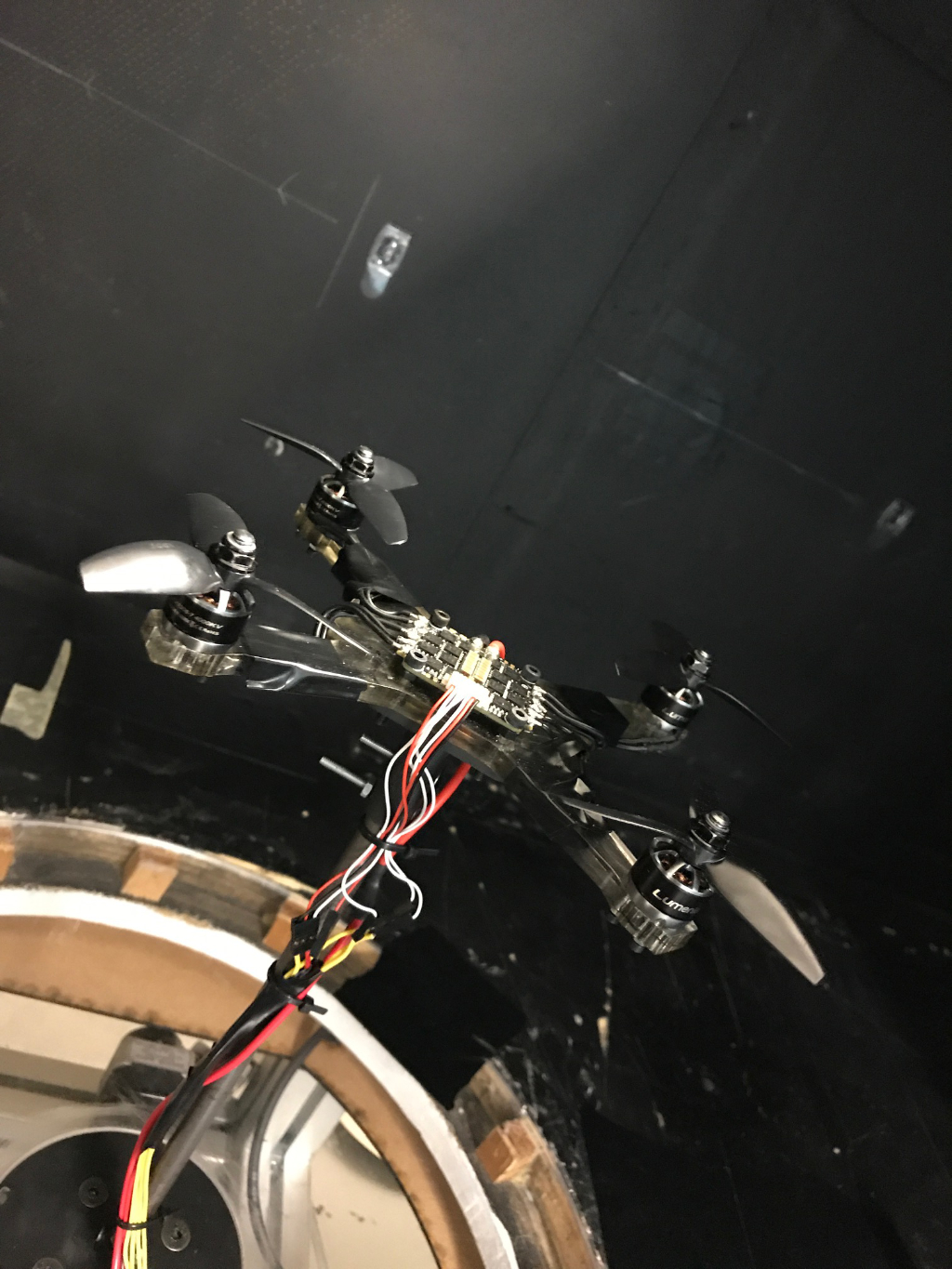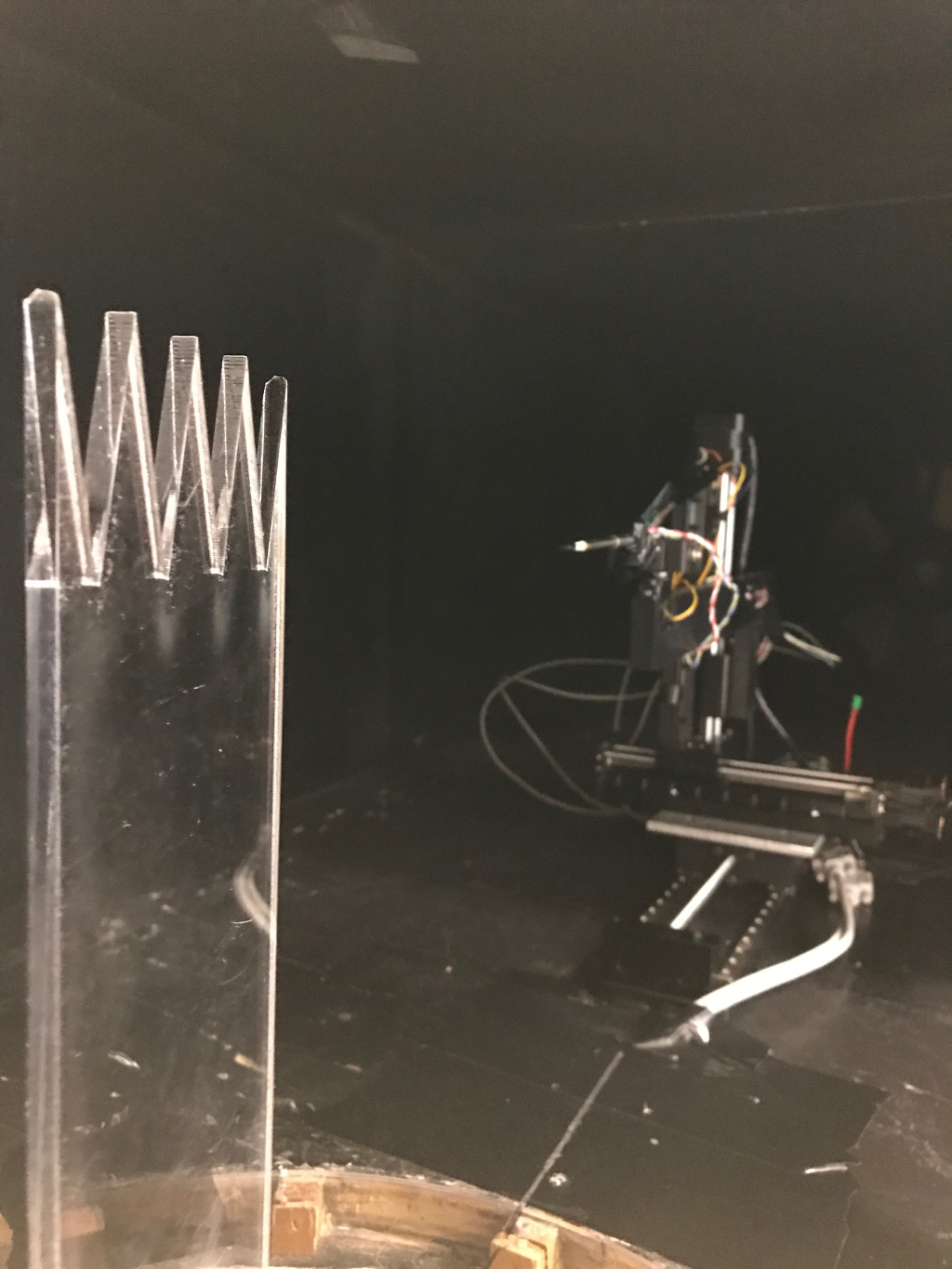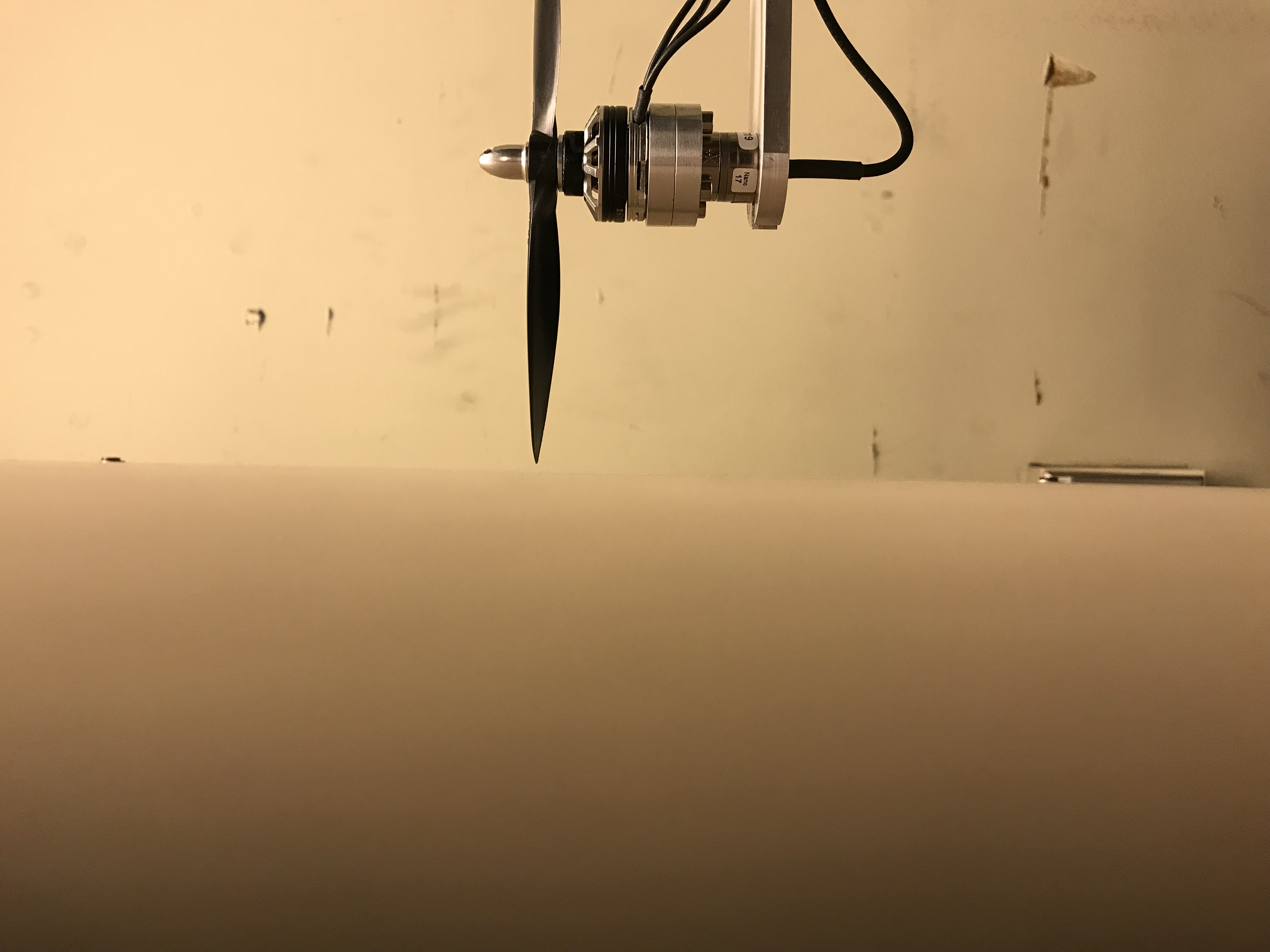
Unsteady aerodynamics of UAVs
Unmanned aerial vehicles (UAVs) are susceptible to atmospheric wind turbulence and urban gusts that subject the vehicle to complex unsteady aerodynamics effects. Our two-fold approach looks at first recreating these wind gust effects in a laboratory setting using novel and state-of-the-art facilities, and second determining the unsteady aerodynamic effects on simplified UAV geometries. With this, we develop simple models that can be incorporated into UAV flight controllers.
Students: Ziad Cherfane*; Purui Chen*; Austin L'Ecuyer, Stephanie Hartlin
Funding: NSERC Alliance Grant, Fonds de Recherche Quebec, Nature et Technologies (FRQNT)







